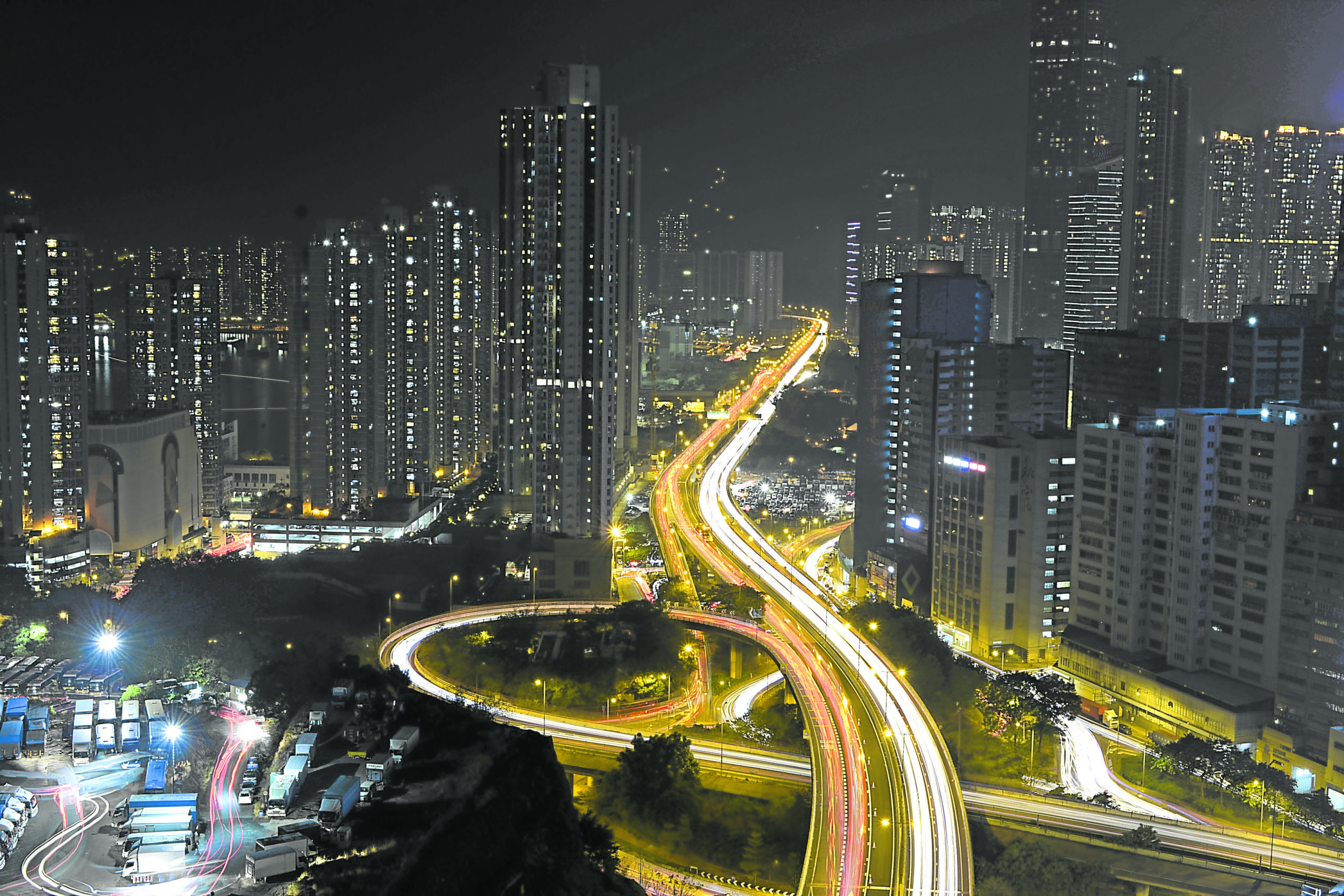The ingenuity of infrastructure investments
Infrastructure helps push toward progress. However, it doesn’t come cheap.
It takes a lot of money to build roads, transportation networks and utility lines. Perhaps, this is why in the proposed national budget of the Philippine government for 2022, infrastructure eats up a substantial amount of the budget—P1.18 trillion to be exact. Next to pandemic recovery measures, our country’s financial leaders state that continuing the “Build, Build, Build” program of the government will help reinvigorate the economy.
Despite this steep spending, however, we have much reason to hope that infrastructure can help us rise from the COVID-19 pandemic. Studies of various cities in the world show that “investing in quality infrastructure attracts private capital and fuels growth” (BIMP-EAGA, 2021). While the initial costs might be high, the pay-offs are usually higher because they attract further investments from the private sector.
In particular, a study conducted by the Asian Development Bank (ADB) demonstrates how infrastructure can help propel and maintain the growth of urban cities with the use of innovative financing measures. Let’s take a look on how infrastructure just might be the key to our country’s economic recovery.

The Santa Monica-Lawton Bridge holds much potential in growing the economy of Ortigas Center and BGC.
The magic of land value capture
Indonesia, our neighboring country, faces similar difficulties. The nation is also reeling from the economic and social blows of the COVID-19 pandemic. At the request of its Coordinating Ministry for Economic Affairs (CMEA), ADB prepared a proposed framework to maximize infrastructure investments to help spearhead the growth of their economy in upcoming years. This has led to the creation of an innovative financing scheme—the Virtuous Value Cycle.
In a nutshell, the Virtuous Value Cycle demonstrates that the government’s initial funding on quality infrastructure can be paid off over time by economic revenues that result from these investments. This will not necessitate additional taxes on the public or further investments from the government.
Quality roads, transportation nodes and other utilities will help boost private sector confidence, which in turn can generate new sources of investments. A portion of these new funds can also be used to further improve infrastructure in the future, thus creating a cycle of continuous growth and economic productivity. This innovative scheme is proposed to be applied in developing cities in Indonesia—Jakarta, Makassar and Palembang.
International case studies
Similar approaches that harness “value creation” have been applied to various cities abroad.
The Crossrail financing scheme in London was developed by a study that identified the beneficiaries of the proposed Elizabeth Line. The government was thus able to negotiate additional investments from private businesses that stand to benefit most from the infrastructure.
In Australia, the government of Victoria identified ways it can further obtain funding for city growth. It implemented value capture mechanisms such as charging taxes and fees, leasing land and air rights, and negotiating in-kind contributions from major beneficiaries.
Lastly, Hong Kong uses a transit-oriented development approach to generate more jobs and homes in the city. Strategic zoning and transit planning has led to having 75 percent of the population and 84 percent of jobs less than a kilometer away from the mass transit station. Property development continues to fund the railway’s improvement and operations.
Potential in Philippine cities
Based on these lessons, one can say that the “Build, Build, Build” program of the Philippine government has much potential in revamping the Philippine economy postpandemic. Transportation projects, in particular, help direct progress in developing and urbanized cities.
As an example, the Santa Monica- Lawton Bridge connecting Makati and Pasig offers numerous benefits. Besides alleviating traffic and cutting travel time, the bridge links the business districts of Bonifacio Global City in Taguig and Ortigas Center in Pasig.
This will encourage companies to establish businesses and partnerships in both business districts with little worry about distance. It will also help employees living on the fringe areas of Metro Manila such as Rizal and Laguna to commute more easily on work days. More significantly, the value of land in the affected areas are set to rise, thus giving investors in condominiums, businesses and lands a good return for their money.
Infrastructure may cost much, but it yields so much more in the end. While expenses may cost high in the initial stage, its benefits promise a cycle of continuous growth and return of investment. Provided that it is accompanied with a policy-based framework, we can use infrastructure to regain the Philippines’ standing as a developing powerhouse pre-pandemic. Various studies back this up.
Now, it is up to us to recognize the potential benefits and become a participant in infrastructure development for progress.
Sources:
www.dbm.gov.ph, www.adb.org, www.vic.gov.au, www.dpwh.gov.ph, Sunil060902 via Wikimedia Commons, Pixabay and Max Andrey via pexels.com



